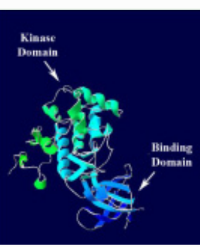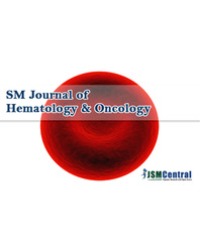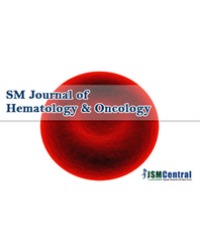Background: Triple-Negative Breast Cancers (TNBC) overexpress a large number of genes compared to other breast cancer subtypes and these genes represent potential therapeutic targets.
Methods: We identified genes overexpressed in TNBC compared in public gene expression data sets and performed an siRNA screen with 4 distinct constructs against each of 681 overexpressed genes in 18 breast cancer cell lines. The top tier hits were assessed in functional and mechanistic studies to validate their role in the growth and survival of TNBC cells in vitro and in vivo.
Results: Low density Lipoprotein Receptor-Related Protein 8 (LRP8) and Very Low-Density Lipoprotein Receptor (VLDLR) was the top two ranked hits based on 3 of 4 siRNAs showing, significant and preferential growth inhibition in TNBC cell lines. Apolipoprotein E isoform 4 (ApoE4), and to a lesser extent rellin, which are ligands of both LRP8 and VLDLR stimulated the growth of TNBC cells in vitro in a receptor-dependent manner. Suppression of LRP8 or VLDLR expression or exposure to a ligand inhibitor, RAP abolished this ligandinduced proliferation. Metabolic profiling (with GC/MS and LC/MSMS) and reverse phase protein arrays (n=230 antibodies/201 proteins) revealed that ApoE4 stimulation rescued TNBC cells from serum-starvation, induced up-regulation of genes involved in lipid biosynthesis and increased protein expression of genes involved in the MAPK/ERK and DNA repair pathways.
Conclusion: LRP8 is overexpressed in TNBC and promotes cell growth and survival under nutrient depleted conditions through stimulating lipid biosynthetic pathways. Inhibitors of LRP8/VLDLR signaling represent potential new therapeutic targets for TNBC.
Banu Arun¹, Soley Bayraktar¹, Christine Shiang⁴, Yuan Qi², Bailiang Wang¹, Angelica GB¹, Fraser SW³, Liem Phan⁵, Mong-Hong Lee⁵, Yun Wu³, Gabriel NH¹, Vikram W⁶ and Lajos P⁶*



